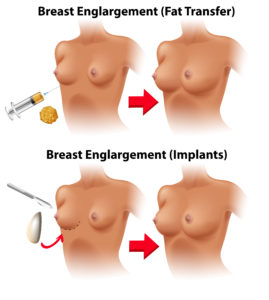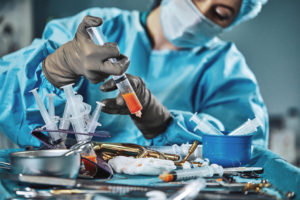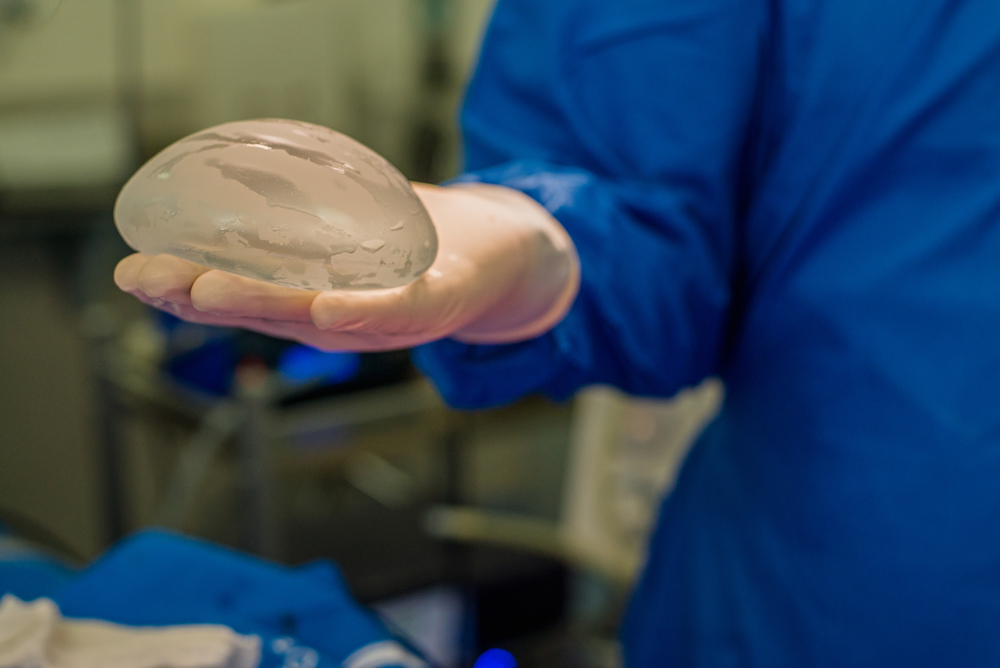No Implants? No Problem: The Natural Breast Augmentation
It may seem like it’s too good to be true, but there is a way to increase your breast size without having to undergo a  traditional breast augmentation with implants. You may have heard of body-contouring surgical procedures like a Brazilian Butt Lift, which involves harvesting fat via liposuction and transferring it into the buttocks to enhance its size and shape, and wondered, “Can you transfer fat to breasts?” The answer is absolutely yes! Like every other surgical procedure, it’s important to weigh fat transfer to breast pros and cons before making such a major decision.
traditional breast augmentation with implants. You may have heard of body-contouring surgical procedures like a Brazilian Butt Lift, which involves harvesting fat via liposuction and transferring it into the buttocks to enhance its size and shape, and wondered, “Can you transfer fat to breasts?” The answer is absolutely yes! Like every other surgical procedure, it’s important to weigh fat transfer to breast pros and cons before making such a major decision.
A fat transfer to the breasts, sometimes called a natural breast augmentation, a fat transfer breast augmentation, or fat grafting, is a two-part process that takes excess, unwanted fat from one part of the body through liposuction and injects it into the breast to enhance their size and shape. The results can be more natural in look and feel than implants and it leaves no scarring on the breast. Plus, there’s also the sculpting benefits that come with liposuction. It’s often chosen by women who want to enhance their breasts but are hesitant to undergo typical breast augmentation with implants because of the maintenance and risks associated.
While overwhelmingly an extremely safe procedure, there are minimal risks involved, mostly in the liposuction part of the procedure, with the biggest risk being contour irregularity. That is, dimpling or rivets in the skin from not performing the liposuction properly. Dr. Barrett uses the S.A.F.E. liposuction technique that involves breaking up the fat very carefully before removing it, using small cannulas, and what may seem obvious, but unfortunately isn’t always the case with some surgeons: taking his time during the procedure. Additional risks include:
- Infection, both with the liposuction procedure itself and when you’re transferring the fat, as there’s no blood supply in removed fat;
- Scarring is of course a risk with any surgical operation;
- A hematoma is also a known risk for blood collection after liposuction or the fat transfer;
- Nipple sensitivity is always a risk during any kind of surgery around the areola;
- Loss of breast feeding ability is also a risk, though it’s important to note there’s no evidence that shows the loss of breast feeding ability.
In other words, any time you do surgery on the breast you can potentially affect the functionality of the breast. Additionally, if not performed properly, fat transfers can result in oil cysts, where the fat accumulates and needs to be drained. Finally, while not a health risk, there’s also the chance you won’t get the results you anticipate. Typically this is due to the fat not all “taking”, resulting in a breast size smaller than desired.
 In a natural breast augmentation, your plastic surgeon utilizes a tiny, little pinhole, either in the border of the areola on the bottom, or in the breast crease to transfer fat cells. Not all of these fat cells survive, as is the case with all fat transfers, but the ones that do are permanent. This means that your final results, once your swelling has gone down, are your final results. To get an idea of what those results may look like, Dr. Barrett has assembled fat transfer breast augmentation before and after images to view. Of course, significant weight fluctuation can change the size of your fat cells, so significant weight gain or loss may impact your breast size. Maintaining a healthy lifestyle and taking care to avoid significant weight fluctuation that’s within your control will allow you to reap the results of your natural breast augmentation indefinitely.
In a natural breast augmentation, your plastic surgeon utilizes a tiny, little pinhole, either in the border of the areola on the bottom, or in the breast crease to transfer fat cells. Not all of these fat cells survive, as is the case with all fat transfers, but the ones that do are permanent. This means that your final results, once your swelling has gone down, are your final results. To get an idea of what those results may look like, Dr. Barrett has assembled fat transfer breast augmentation before and after images to view. Of course, significant weight fluctuation can change the size of your fat cells, so significant weight gain or loss may impact your breast size. Maintaining a healthy lifestyle and taking care to avoid significant weight fluctuation that’s within your control will allow you to reap the results of your natural breast augmentation indefinitely.
Additionally, to ensure you have the best possible outcome, Dr. Barrett has curated a Breast Augmentation Recovery Kit to set his fat transfer breast augmentation patients up for surgical success with the least amount of down time and discomfort possible. He’s also created an Ultimate Recovery Surgery Kit as well as an Essentials Recovery Kit to give patients the most access to everything they may need to recover.
Do you want to learn more about Barrett Plastic Surgery? Keep up to date by subscribing to our blog and following us on social media at Twitter, TikTok, Instagram, Realself, YouTube, Snapchat, Yelp, and Facebook for updates.
Thank you for visiting!




0